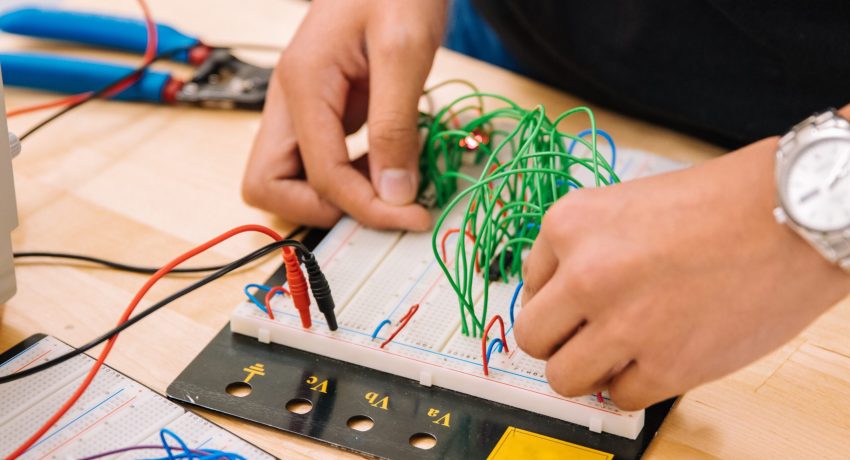Transforming Artificial Intelligence with Deep Learning Techniques
Artificial Intelligence (AI) has made remarkable progress in recent years, thanks to advancements in deep learning techniques. Deep learning, a subset of machine learning, involves training neural networks with a vast amount of data to make accurate predictions and decisions. This article explores how deep learning enhances AI and provides specific examples of its use.
Image Recognition and Computer Vision
One of the most prominent applications of deep learning is image recognition and computer vision. Deep learning algorithms can analyze vast amounts of image data, learning to identify objects, people, and even subtle details. For instance, autonomous vehicles rely on deep learning to recognize traffic signs, pedestrians, and other vehicles accurately. This ability enables self-driving cars to make real-time decisions, enhancing safety on the roads.
Natural Language Processing
Deep learning has also revolutionized natural language processing (NLP), enabling machines to understand and generate human language. Thanks to deep learning techniques, virtual assistants like Siri, Alexa, and Google Assistant can accurately interpret speech, answer questions, and perform tasks. Additionally, language translation services have benefited from deep learning, improving accuracy and fluency across different languages.
Health Care and Medical Diagnostics
In the field of healthcare, deep learning techniques have shown tremendous potential. By analyzing medical images, deep learning algorithms can detect diseases such as cancer, tuberculosis, or diabetes with high accuracy. For example, with digital mammography, deep learning models can assist radiologists in identifying breast cancer at an early stage, leading to timely treatment and improved patient outcomes.
Fraud Detection and Cybersecurity
Deep learning techniques have proven to be highly effective in fraud detection and cybersecurity. Traditional rule-based systems can struggle to detect sophisticated fraud patterns, but deep learning models can analyze vast amounts of data, detecting anomalies and identifying potential threats. These models improve risk assessment, preventing financial fraud, identity theft, and other cybercrimes.
Autonomous Robotics
Deep learning has also transformed the field of robotics, enabling machines to perform complex tasks autonomously. By training robots with deep learning algorithms, they can navigate their environment, manipulate objects, and even learn from their experiences. This has wide-ranging applications, from warehouse automation to surgical robotics, increasing efficiency and productivity in various industries.
In conclusion, deep learning techniques have revolutionized artificial intelligence by enhancing its capabilities in various domains. From image recognition and natural language processing to healthcare and cybersecurity, deep learning has enabled machines to understand, analyze, and make decisions based on complex data. As technology continues to advance, we can expect even more transformative applications of deep learning in the future.

















